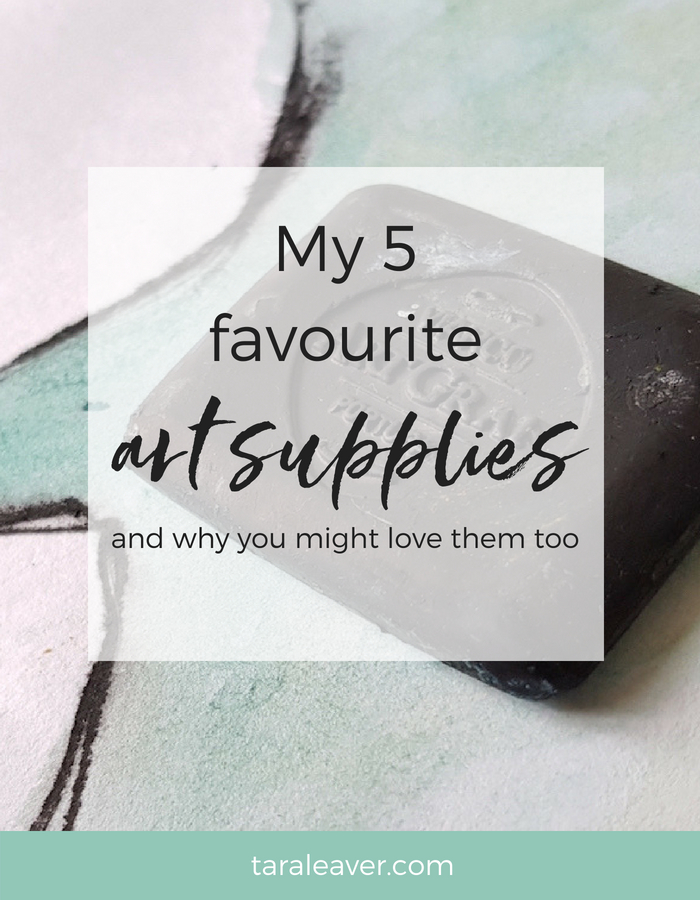
I was pottering around in the studio recently and realised there are certain tools and materials I gravitate towards over and over again. These are the art supplies that work with me – they support my process and the kind of art I want to make – but they’re also just a delight to use.
I have the same magpie tendencies as most of us, and have tried a huge amount of supplies over the years. While some have been fun to try – yupo paper and gouache, for example – but didn’t feel completely like me, the ones in this post are my ‘home’ materials. They just fit.
This of course may change, and I may in future find yupo and gouache essential to my process, but I’ve noticed that the ones I’m talking about today are my forever homies.
So today I’m sharing what these wonder materials are, exactly why I love them, and in what ways they’re crucial to my art. I actually made a discovery about that while writing this, which you’ll see at the end.
There are a lot of adjectives in this post, and quite a lot of raving. You have been warned. {Also, links are affiliate links, because I stand so fully behind all of these items.}
Willow Charcoal
If you’ve been hanging out with me for a while you’ll know about my passion for charcoal. {Charcoal and I have been like that since I was eleven. That’s almost thirty years!} I even made a course about it. It’s messy, yes, but it’s also velvety, rich, versatile, tactile, expressive, and just a joy to use.
I love both compressed and willow charcoal, although currently I’m in a willow phase. I use it to add line work to my acrylic paintings, to muddy up colours and provide darks in a painting. I especially love how it offers delicious contrast with its matte, velvety surface alongside the sheen of acrylics.
Sometimes I use it to try something out without the commitment of paint. If I don’t like it, I take it off with a damp cloth. {I also use white chalk for this.}
I’m not fussed about the brand, although I like the box that comes with different sizes. And it’s a rare thing – a cheap art supply!
Daler Rowney Assorted Charcoal
Liquitex Freestyle Paintbrush
These are relatively new to my toolkit, and I really don’t know why I waited so long to get them. {Actually I do; they’re not cheap.} They look pretty cool, but let me tell you, the Actual Coolness of one of these in your hand with paint on it…. you can’t even imagine till you’ve tried it. These brushes are a bit of an investment, but worth every penny.
The width means you can cover large areas quickly, and is fabulous for full body gestural strokes. The bristles are deliciously springy, and dry brushing is effective and satisfying. I love to use it to build up soft layers.
My favourite is the one without the traditional handle – probably partly novelty factor but it also feels perfect in your hand and gets you closer to both paint and canvas. It’s an incredibly sensual experience moving paint across the canvas with this one.
Liquitex Freestyle 3in Brush {as above}
Liquitex Freestyle 4in Brush {as above}
Derwent Inktense Blocks
For a long time I loved Neocolors by Caran D’Ache – watersoluble wax crayons that lend themselves well to mixed media art. And then I tried Inktense blocks and my life was never the same again. 😉
The Inktense blocks are well named. I find Neocolors are insipid next to their saturated brilliance. {Sorry, Neocolors.} Inktense blocks are powdery rather than waxy, and pleasingly chunky, although they do come in pencil form if you’re more detail oriented/clean. 🙂
They work both dry and wet {wet will blow your mind the first time}, and that can be either softening marks with a brush and water, or wetting the blocks themselves and drawing with them – so juicy and delicious.
And you can buy singles if you just want a couple of your favourite colours for highlights, or to try them with minimal commitment.
Derwent Inktense Blocks {set of 24}
Princeton Catalyst Wedge
Ah, my Catalyst wedge. Sigh. This puppy gets used for every painting, one way or another. It spreads, scrapes, and makes beautiful marks you just can’t get with a brush. It won’t surprise you to learn that I like the wedge over the wooden handled tools because of its tactility and how it brings you closer to the action.
There are various wedges with different edges {I’m a poet and I know it ;)}, and also blades, which are like smaller wedges but on the aforementioned wooden handles.
They are made of silicon so are a very different experience from paintbrushes, and provide interesting contrast in terms of marks and coverage.
Artgraf Pigment Block
Another relatively recent discovery, and once again pleasingly tactile, this is a water soluble block of colour, shaped like tailor’s chalk. {Also available in earth colours, and blue, red, yellow, and white.} It somehow manages to feel both very hard and very soft at the same time.
When you use it dry, it’s dense and hard; when you use it with water it behaves similarly to the Inktense blocks. Drawing onto a wet surface with it is deeply satisfying and creates the darkest of dark lines. I also use it on its side to cover larger areas with less density.
*******
Of course there are other materials I use regularly and love – like paint, for example 😉 – but these are the ones that make my heart beat that bit faster.
You might have noticed – I only did in compiling this post, in fact – that my reason for loving all of these is primarily the experience of using them. For me painting is a sensory, tactile, bodily experience. So the tools I love most are the ones that allow me to dive right into that. I practically have goosebumps just writing about them.
What are your favourite tools and materials? Do they have a common theme? Does identifying them teach you anything about your personal approach or process when it comes to your art? Tell us in the comments!

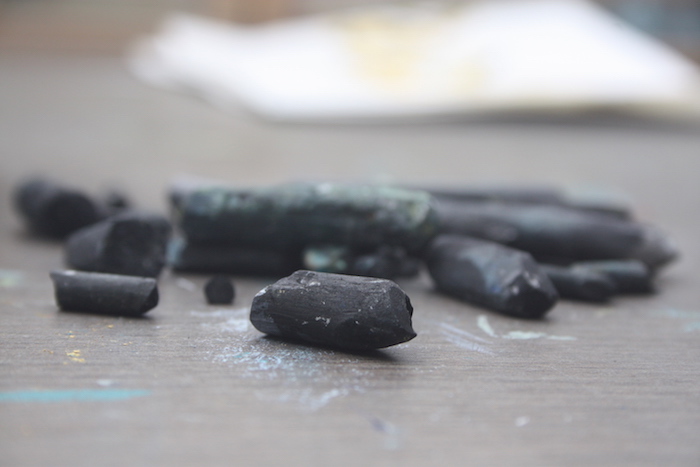
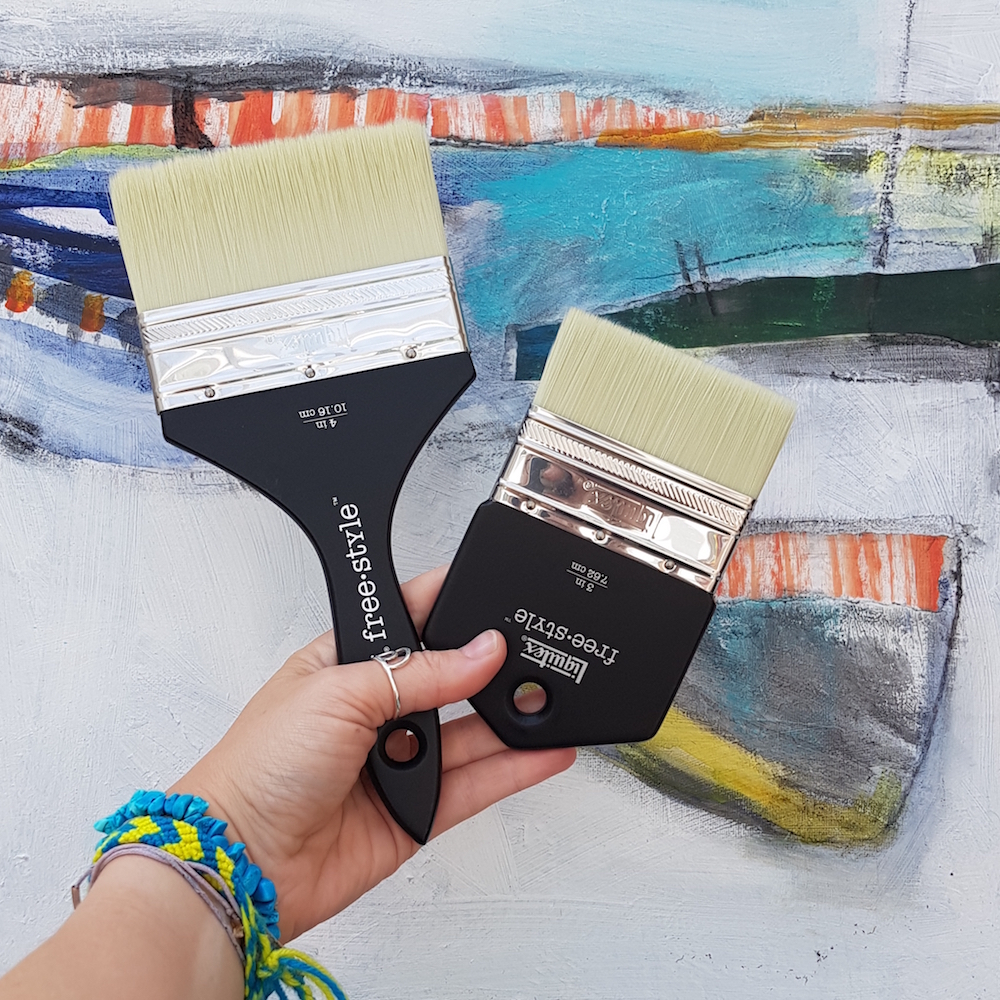
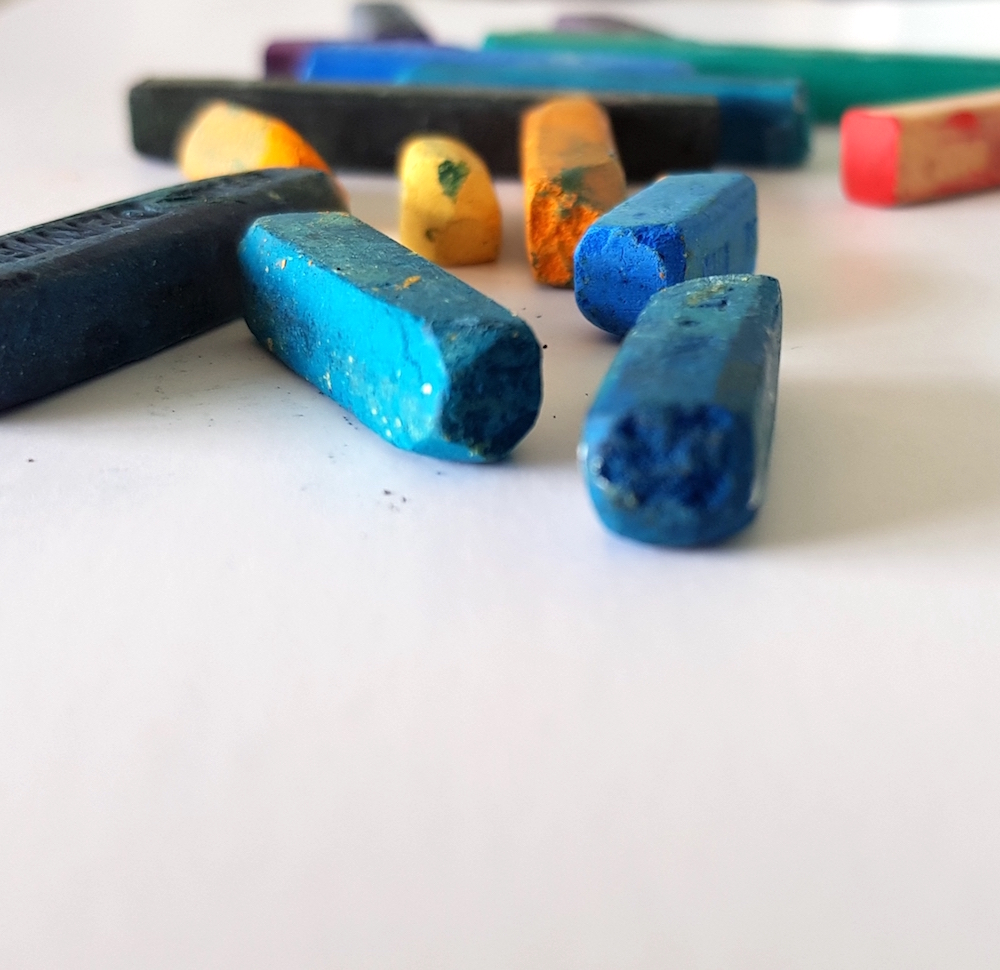
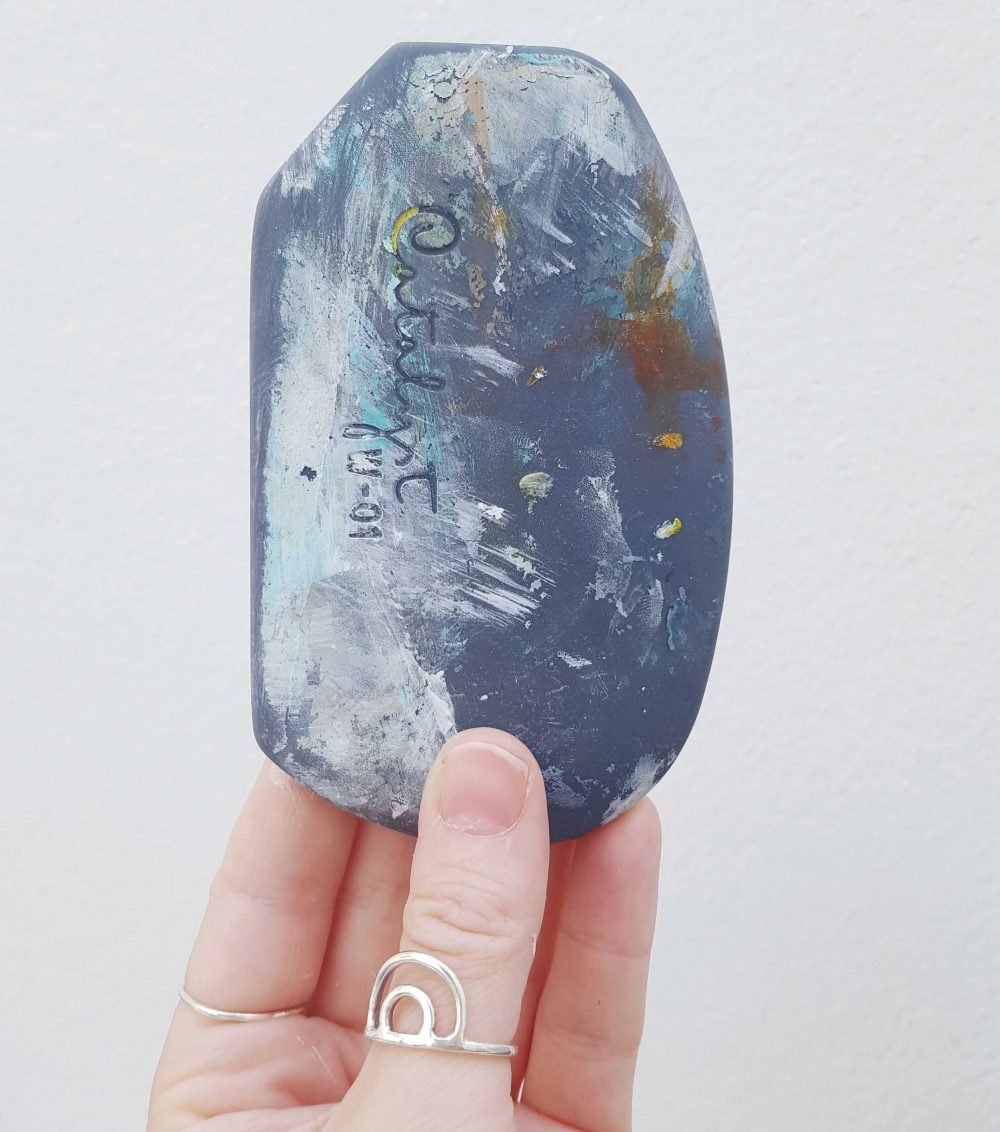
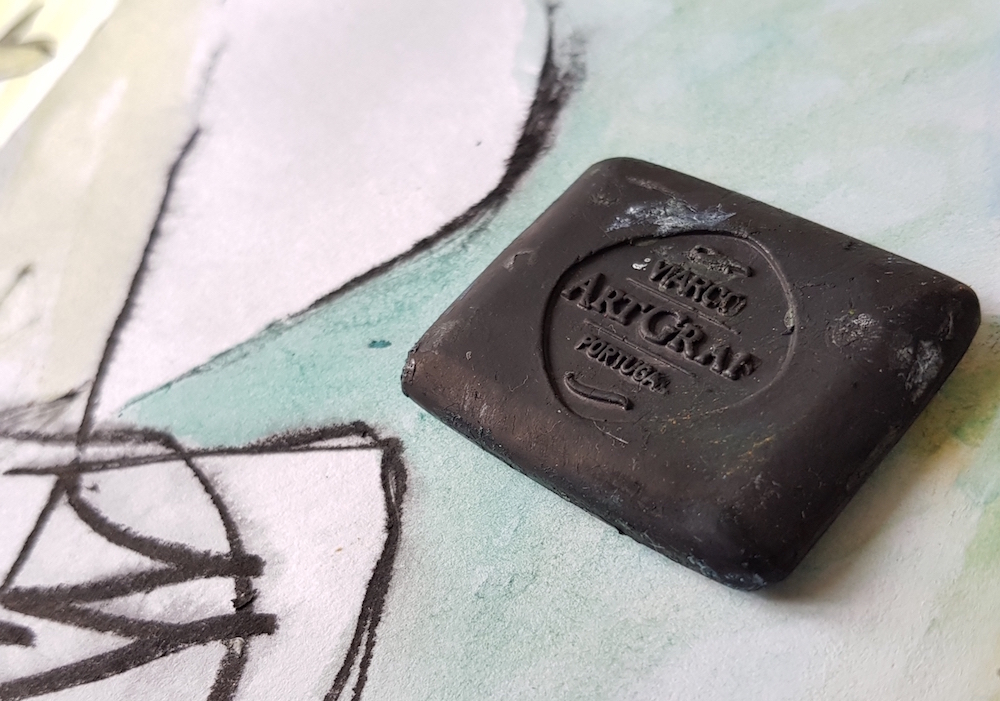
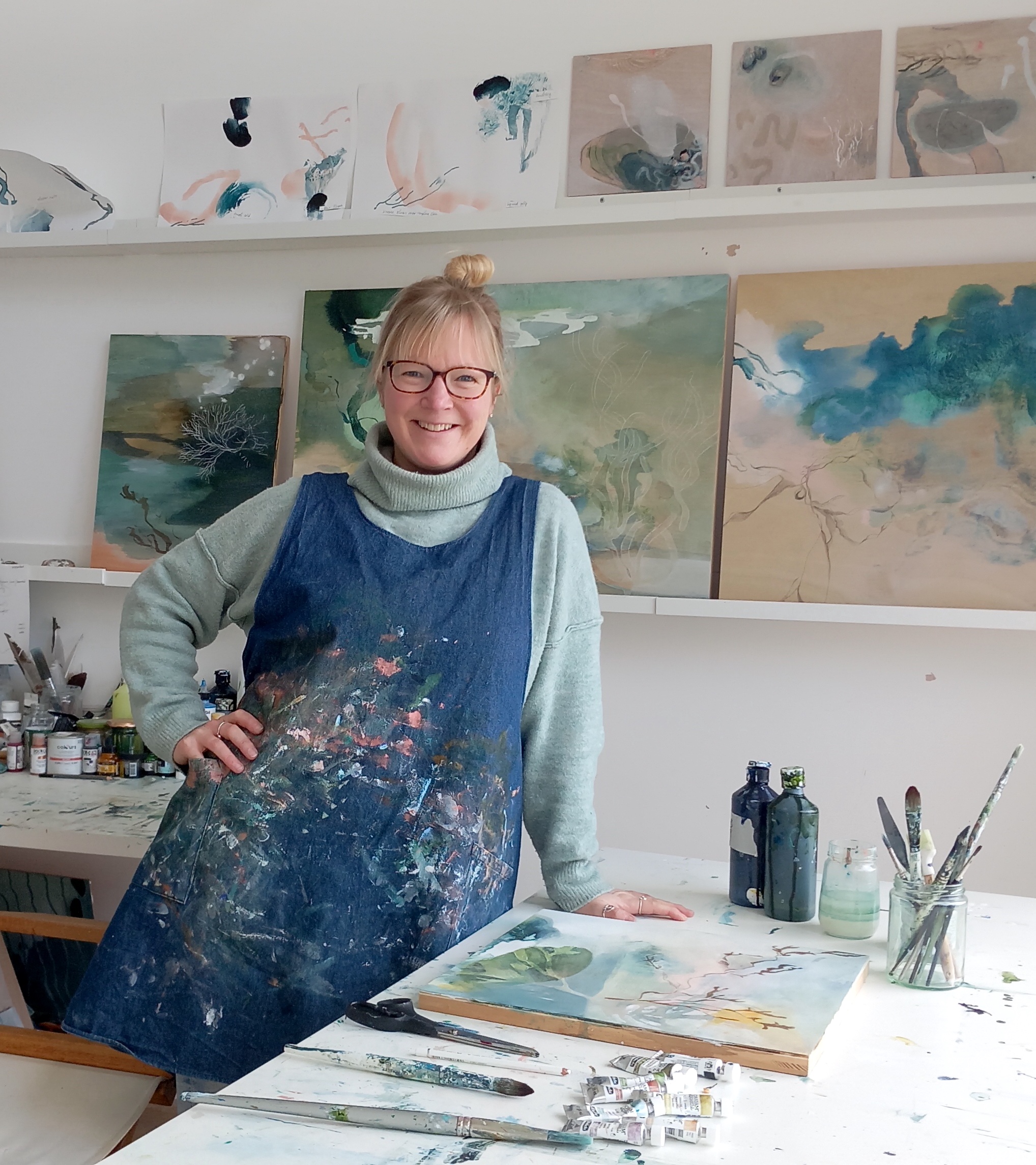
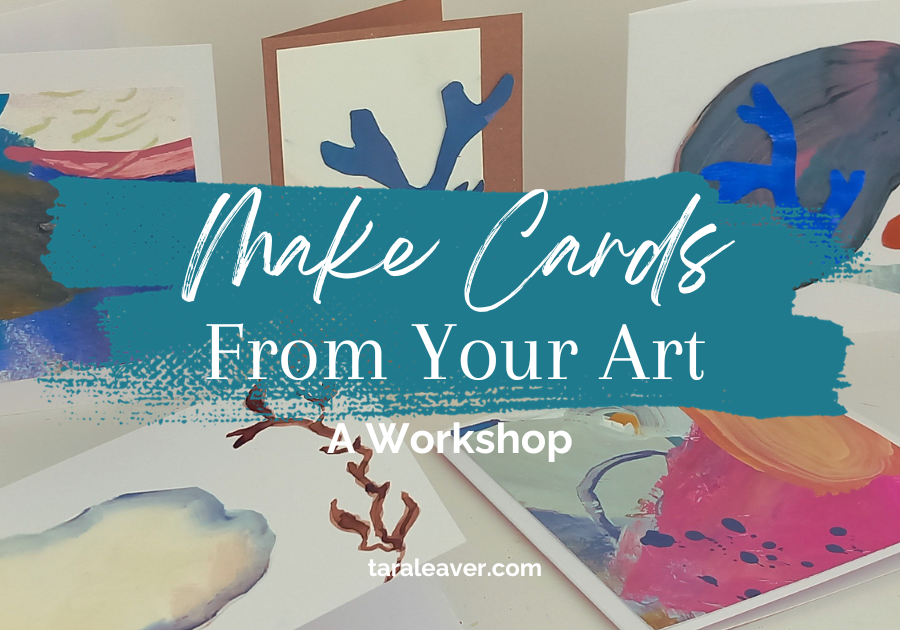
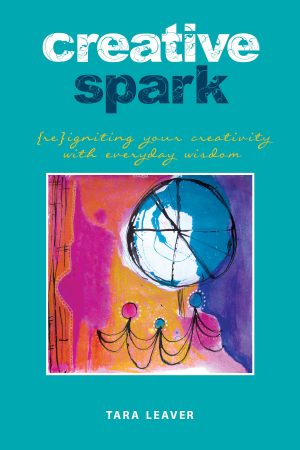
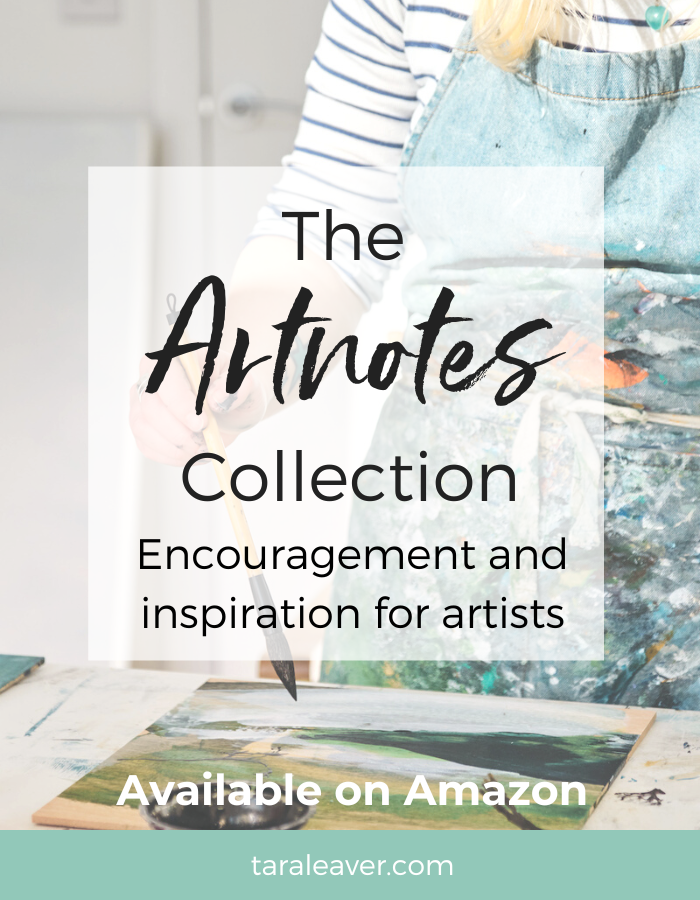
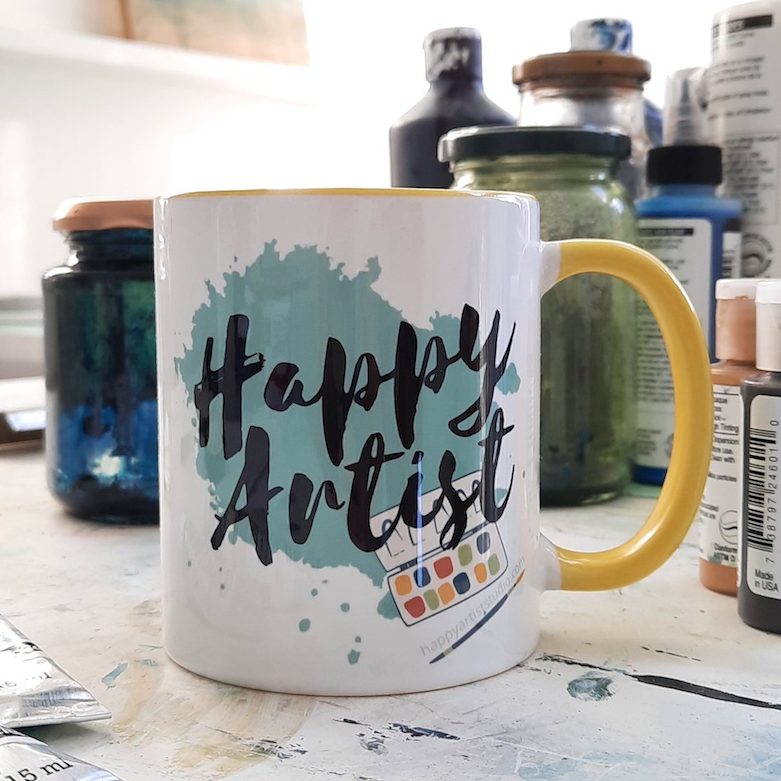

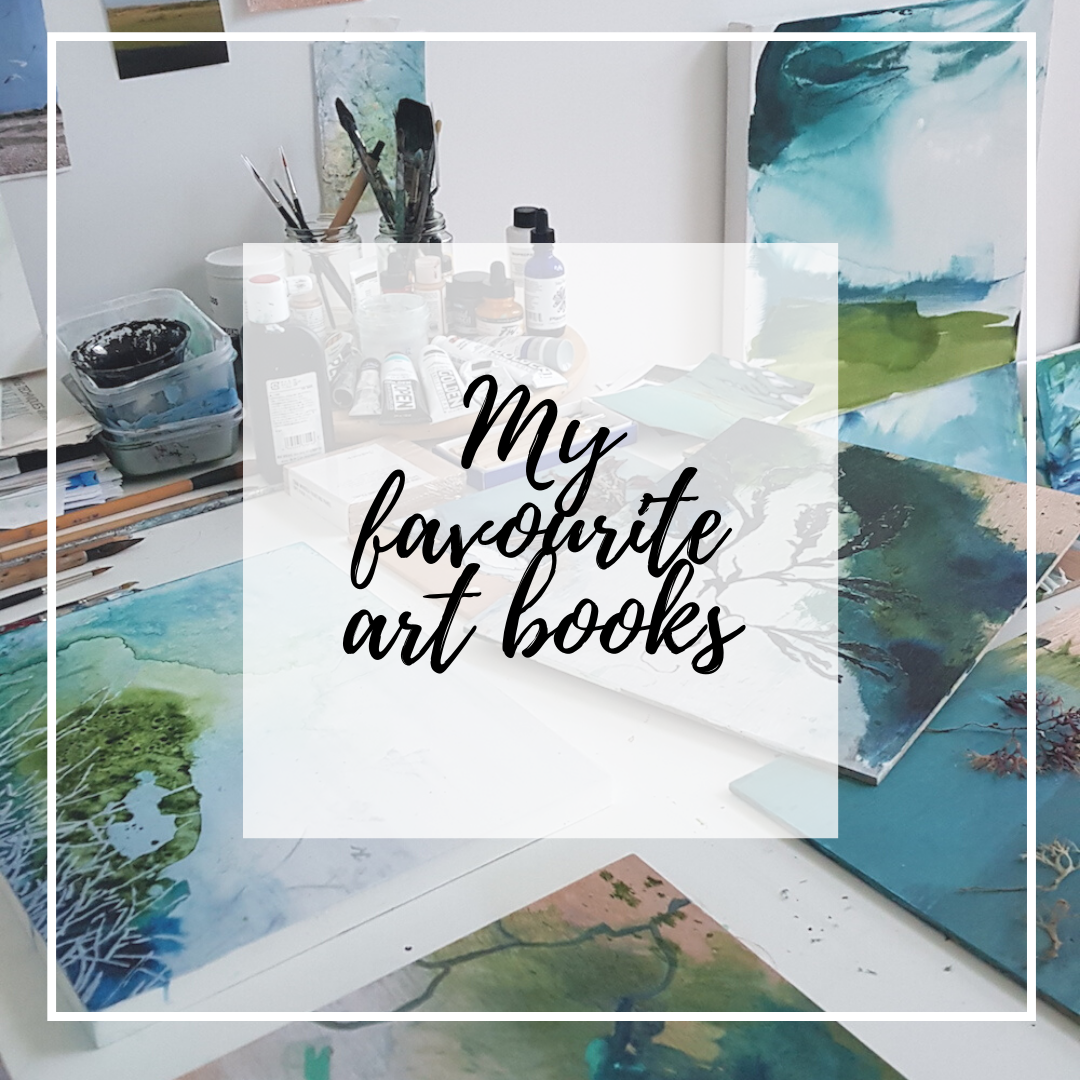
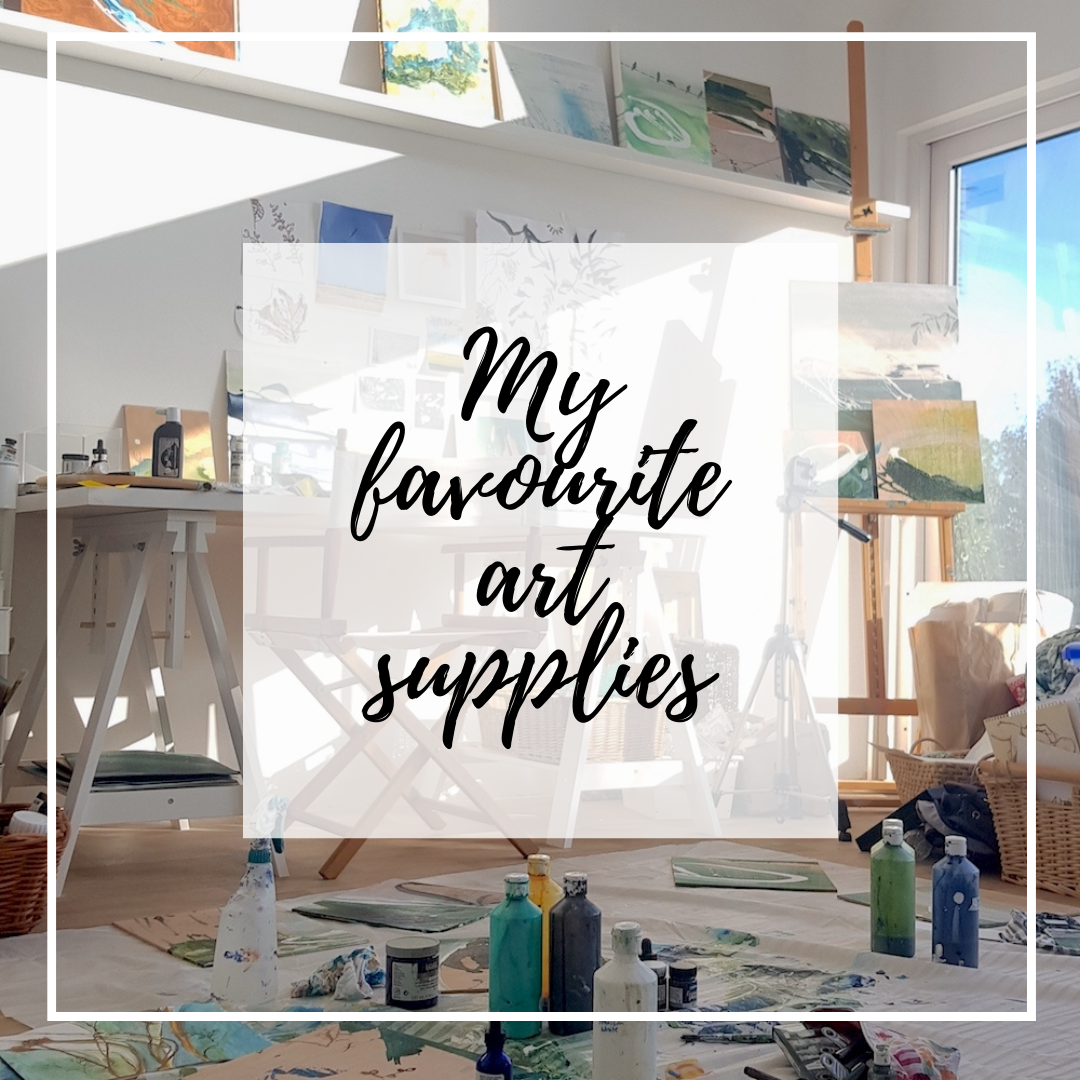
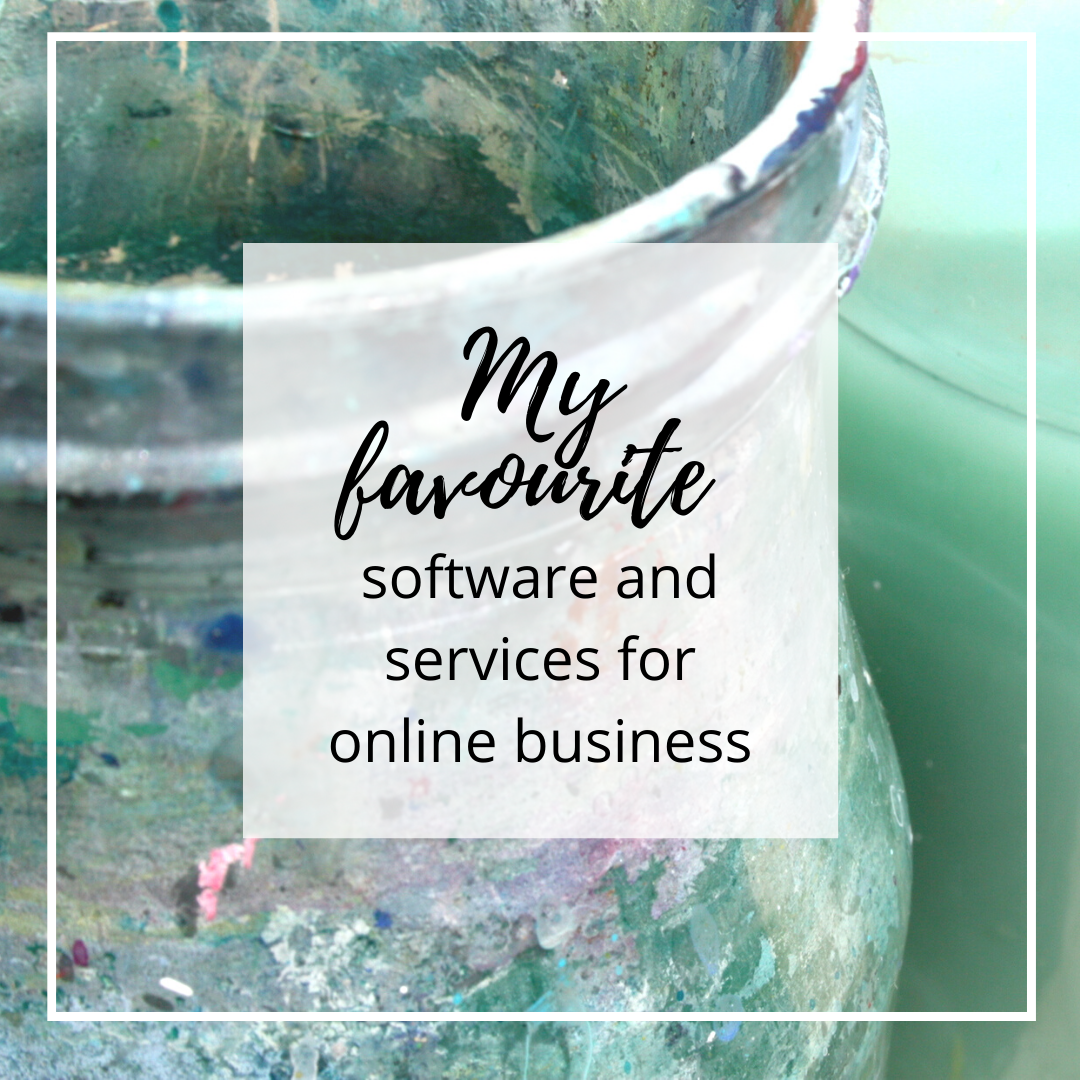
Thanks for the list Tara! Proud owner of most of the items listed but the catalyst (doen’t exist in the Swedish market – just like the concertina sketchbook). Pigment block was a novelty for me. Sounds interesting and I’d love to try it at some point.
I’m such an enabler. 😉
Haha, be proud of it! 😉
Wonderful list of supplies. I do own the catalyst but I must confess that I haven’t used it much. Now I’ll give it a chance to do it’s stuff. I just got (yesterday) the Derwent Inktense pencils so too soon to know how I’ll like them. I’ve been curious about the willow charcoal so will pick some up. As always, you’re an inspiration.
Or just a very expensive person to know. 😉 Glad you’re trying things and working out what you love Louise!
I always love seeing what successful artists use on a regular basis. I have most of the items you listed except for the Artgraf Pigment block and the catalyst wedge. The latter has been on a wish list for a while, being pushed back each time I find another item I need more urgently…I am all over the place with my art so it seems there is always that ONE supply I need, like, yesterday! Thank you for sharing your favourite go-to items.
I’m so curious about other artists and their tools and processes and the reasons behind them too! Art supplies can be very seductive when you’re not quite sure what you’re doing… but then they can also bring in fresh energy!
Tara Thank you sharing your list, they all sound like gorgeous goodies, and in fact I did get the some inktense blocks on a previous recommendation you shared.xx But what’s really got me all a bit giddy (!) is the sensory revelation you shared….I think that’s what I’ve been missing….I used to love pottery classes at school and in fact took O level art and sculptural pottery, (for which I got A pass, but parents were not impressed ????) The thought of getting closer in to my art and more sensory…well I’m going to give it a go! Thanks lovey, as usual your sharing through this and Artnotes is so special…????
So glad you found something helpful here Melanie! The sensory aspect is huge for me, and makes it all a much richer, more nuanced experience. Plus it really helps with staying present. 🙂